When building or upgrading a computer, choosing the right motherboard is an essential step. However, it’s not just a matter of selecting a motherboard that fits your budget and desired features. You also need to ensure that the motherboard is compatible with your other components, such as the processor, graphics card, and RAM. In this article, we will provide a guide to motherboard compatibility with these key components.
Motherboard Compatibility with Processor
The processor is the brain of the computer and is responsible for executing instructions and performing calculations. It is one of the most important components in a computer system, and the motherboard must be compatible with the processor for the system to work properly.
The most important factor to consider when it comes to motherboard and processor compatibility is the socket type. The socket is the physical interface on the motherboard that the processor plugs into. Different processors use different socket types, and the motherboard must have the same socket type to support the processor.
For example, if you want to use an Intel Core i7-11700K processor, you will need a motherboard with an LGA1200 socket. If you want to use an AMD Ryzen 9 5950X processor, you will need a motherboard with an AM4 socket. It is important to check the processor’s specifications to determine the required socket type, and then choose a motherboard with the same socket type.
Motherboard Compatibility with Graphics Card
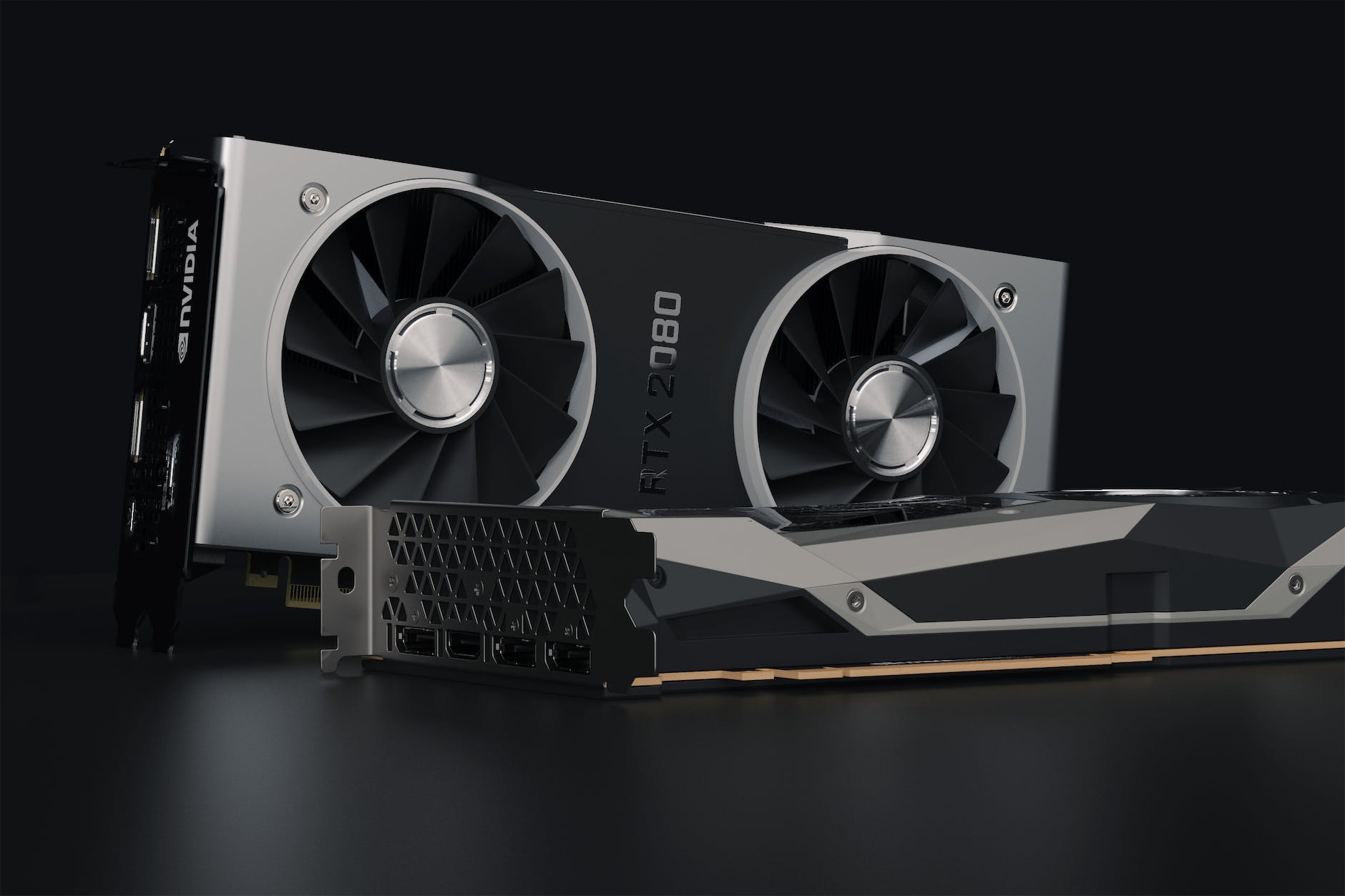
The graphics card is responsible for rendering and displaying graphics on the monitor. It is an important component for gaming, video editing, and other graphics-intensive tasks. Like the processor, the graphics card must be compatible with the motherboard in order to work properly.
The most important factor to consider when it comes to motherboard and graphics card compatibility is the expansion slot. The expansion slot is the interface on the motherboard that the graphics card plugs into. Different graphics cards use different expansion slots, and the motherboard must have the correct slot type to support the graphics card.
For example, if you want to use a graphics card with a PCI Express (PCIe) x16 interface, you will need a motherboard with a PCIe x16 expansion slot. If you want to use a graphics card with a PCI Express (PCIe) x8 interface, you will need a motherboard with a PCIe x8 expansion slot. It is important to check the graphics card’s specifications to determine the required expansion slot, and then choose a motherboard with the same expansion slot type.
Motherboard Compatibility with RAM
RAM (random access memory) is a type of volatile memory that is used to store data temporarily while the computer is running. It is an important component for improving system performance, as it allows the processor to access data more quickly. Like the processor and graphics card, the RAM must be compatible with the motherboard in order to work properly.
The most important factor to consider when it comes to motherboard and RAM compatibility is the memory type and speed. Different motherboards support different types and speeds of RAM, and it is important to choose RAM that is compatible with the motherboard.
For example, if your motherboard supports DDR4 RAM, you will need to use DDR4 RAM modules. If your motherboard supports DDR3 RAM, you will need to use DDR3 RAM modules. In addition to the type of RAM, you also need to consider the speed. Different motherboards support different maximum speeds of RAM, and it is important to choose RAM that is compatible with the motherboard’s speed limits.
Motherboard Compatibility with Other Components
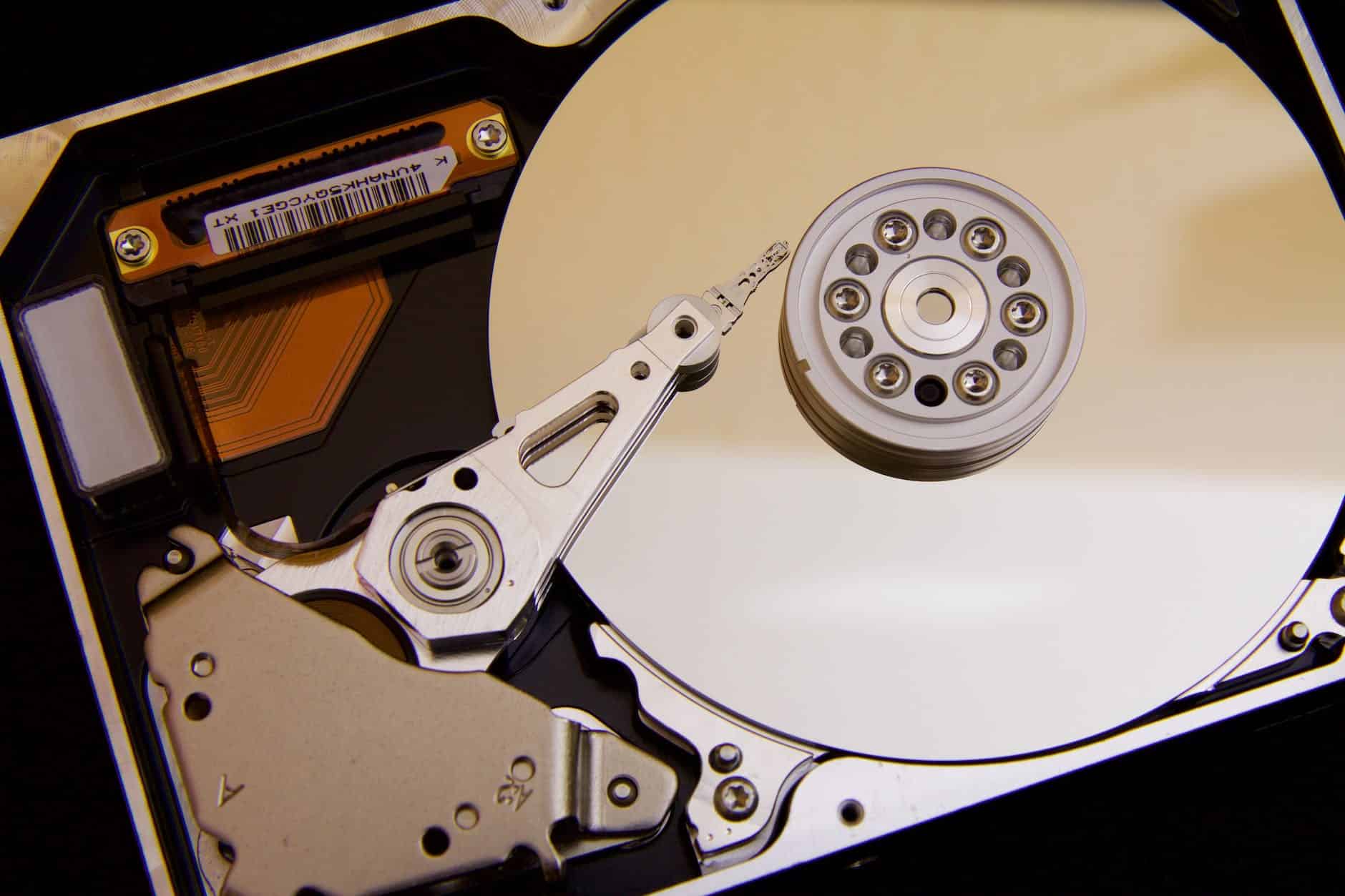
In addition to the processor, graphics card, and RAM, there are other components that you may need to consider when choosing a motherboard. These components include the power supply, storage devices, and peripherals.
Power Supply
The power supply is responsible for providing power to all of the components in the computer. It is important to choose a power supply that is compatible with the motherboard, as well as the other components in the system.
One important factor to consider is the power supply’s connector type. Different motherboards require different types of power connectors, such as ATX, ATX12V, or EPS. It is important to choose a power supply with the correct connector type for your motherboard.
In addition to the connector type, you should also consider the power supply’s wattage rating. The wattage rating determines how much power the power supply can provide. It is important to choose a power supply with a wattage rating that is appropriate for your system’s power requirements.
Storage Devices
Storage devices, such as hard drives and solid-state drives, are used to store data permanently. Different motherboards support different types and numbers of storage devices, so it is important to choose storage devices that are compatible with the motherboard.
One important factor to consider is the storage interface. Different motherboards support different storage interfaces, such as SATA, M.2, and NVMe. It is important to choose storage devices with the correct interface for your motherboard.
In addition to the interface, you should also consider the number and type of storage connectors on the motherboard. Different motherboards have different numbers and types of storage connectors, such as SATA ports and M.2 slots. It is important to choose a motherboard with the appropriate number and type of connectors for your storage needs.
Peripherals
Peripherals are devices that are connected to the computer, such as a monitor, keyboard, and mouse. Different motherboards support different types and numbers of peripherals, so it is important to choose peripherals that are compatible with the motherboard.
One important factor to consider is the connector type. Different motherboards have different types of connectors for peripherals, such as HDMI, DisplayPort, and USB. It is important to choose peripherals with the correct connector type for your motherboard.
In addition to the connector type, you should also consider the number and location of the connectors on the motherboard. Different motherboards have different numbers and locations of connectors, so it is important to choose a motherboard with the appropriate number and location of connectors for your peripherals.
Conclusion
To sum up, motherboard compatibility with the processor, graphics card, RAM, power supply, storage devices, and peripherals is an essential consideration when building or upgrading a computer. By understanding the key compatibility factors and choosing components that are compatible with your motherboard, you can ensure that your system will work properly and perform at its best. Once you know that your design won’t have any compatibility issues, you can compare motherboard features and make your purchase!

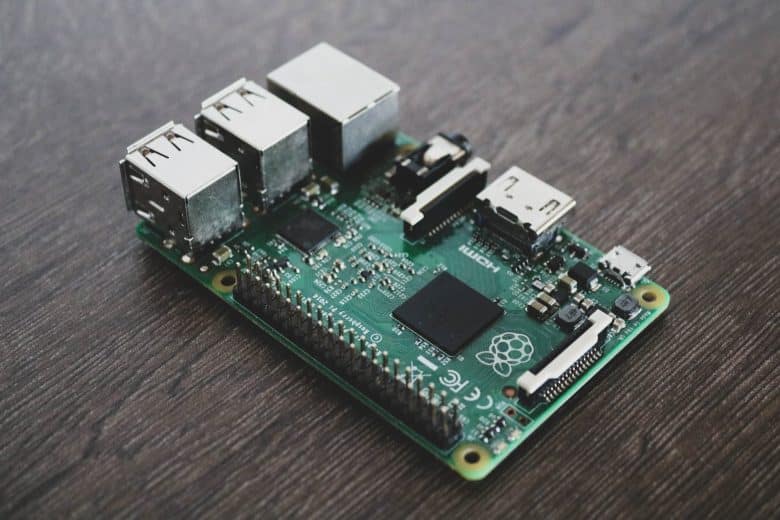
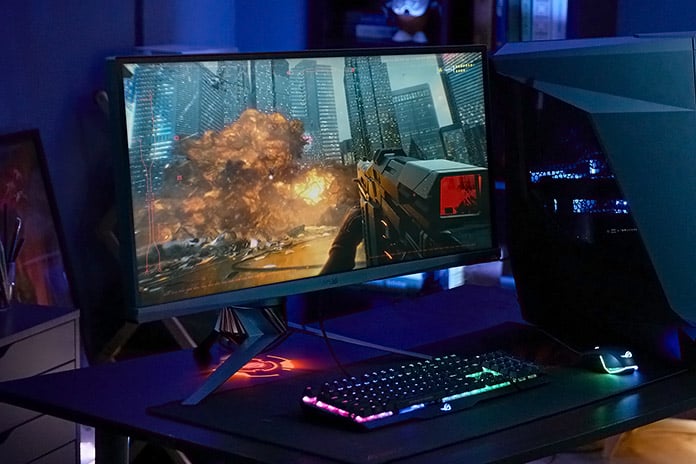









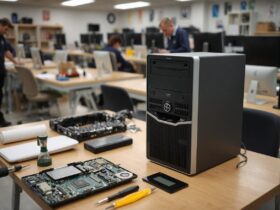

Informative post! This is a great share thank you